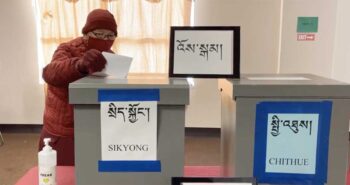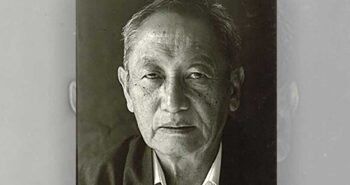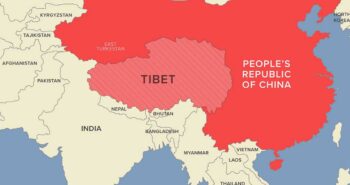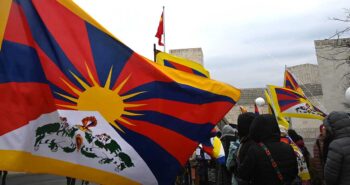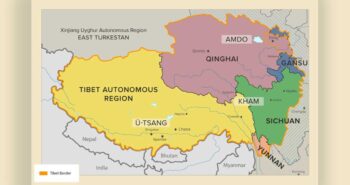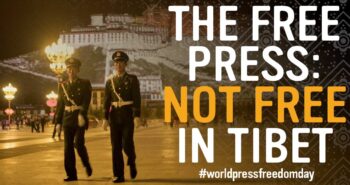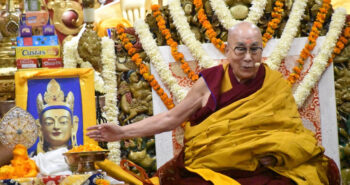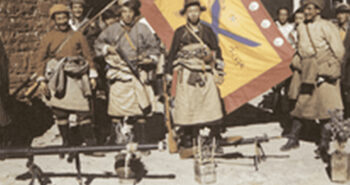n Dec. 21, just four days before its rescheduled session was to begin, the Tibetan Parliament-in Exile announced that it was being postponed again to March, this time due to lack of a quorum. The initial postponement was made on Sept. 28, 2023, when the Tibetan parliamentary secretariat issued a terse notice saying, “The remaining business of the 6th session of the 17th Tibetan Parliament-in-Exile has been postponed due to the absence of the requisite quorum needed for the session to constitute.” This brought an uncertain close to the latest development in Tibetan diaspora politics that left...
The issue of a generational change in the Tibetan community has been something that is being felt more and more as the years go by. On Nov. 23, 2023, we got yet another indication of this when Mr. Lobsang Dhargyal Phunrab, among the first of the Tibetan community workers in exile, passed away. Kungo Lodhar la, as he is known honorably to people who knew him, dedicated himself to the service of His Holiness the Dalai Lama and the Tibetan people, making his contribution in strengthening the democratic fabric of the Tibetan administration.
For almost every summer since 1999, I’ve watched the venerable Wimbledon tennis tournament on TV. Its all-white dress code and prim green lawns have been as constant and reassuring in my life as an antique clock. So I was surprised when, several Wimbledons ago, the tradition-bound event bore a surprising name change.
“Many of China’s so-called minorities have had glorious pasts, notably the Mongols, whose thirteenth-century empires reached westward to Europe, and the Tibetans, whose civilization has lasted at least two millennia and who are considered among the world’s most refined people, psychologically, socially, spiritually, and artistically.”—Jerry Mander, “In the Absence of the Sacred: The Failure of Technology and the Survival of the Indian Nations”
The main goal of plain language is clarity: You want your reader to get what you’re saying without having to work at it. When it comes to Tibet, that’s important because so few people understand the issue at all.
Truth is the only antidote to lies. That is the heart of the bipartisan Resolve Tibet Act currently under consideration by Congress. It is no secret that a hallmark of the People’s Republic of China is trafficking in falsehoods thus fulfilling a primary pillar of totalitarian regimes—not the control of facts per se but the erasure of the distinction between truth and lies.
For decades, the government of China has parched media inside the country. Now it’s flooding the media in the rest of the world. On this 30th anniversary of World Press Freedom Day, that’s one urgent takeaway from two recent reports chronicling Beijing’s subversion of the free press.
It wasn't that long ago that the People’s Republic of China was calling the Dalai Lama a wolf in monk’s robes and his supporters members of the “Dalai Clique.” A phrasing so comical that ICT had t-shirts made that said, "proud member of the Dalai Clique," and when an ICT staff person had a baby, they were given a onesie with "Newest Member of the Dalai Clique" printed on it.
The spread of an edited video clip depicting an interaction between the Dalai Lama and a young Indian boy on stage at a recent teaching has provoked intense discussions of cultural differences, children’s rights, and the line between appropriate and inappropriate behavior. The tenor of the coverage of this clip and the discourse surrounding it has, in turn, been deeply distressing to many Tibetans and Tibet supporters, and activists such as Lhadon Tethong, Jigme Ugen, Dhardon Sharling, Tenzin Pema and Tenzin Tsundue have shared their eloquent thoughts on the issue.
ears ago, at a different job, a coworker asked if I had always been a contrarian. The question struck me like an apple falling from a tree. I had never seen myself as a contrarian, but perhaps that one word could explain why as a young man I so often felt at odds with the world. Invigorated by the potential for self-understanding, I went to Barnes & Noble and began reading Christopher Hitchens’ “Letters to a Young Contrarian.” The book, Hitchens writes in the first chapter, is addressed to those who feel “a disposition to resistance, however slight, against arbitrary authority or witless...

